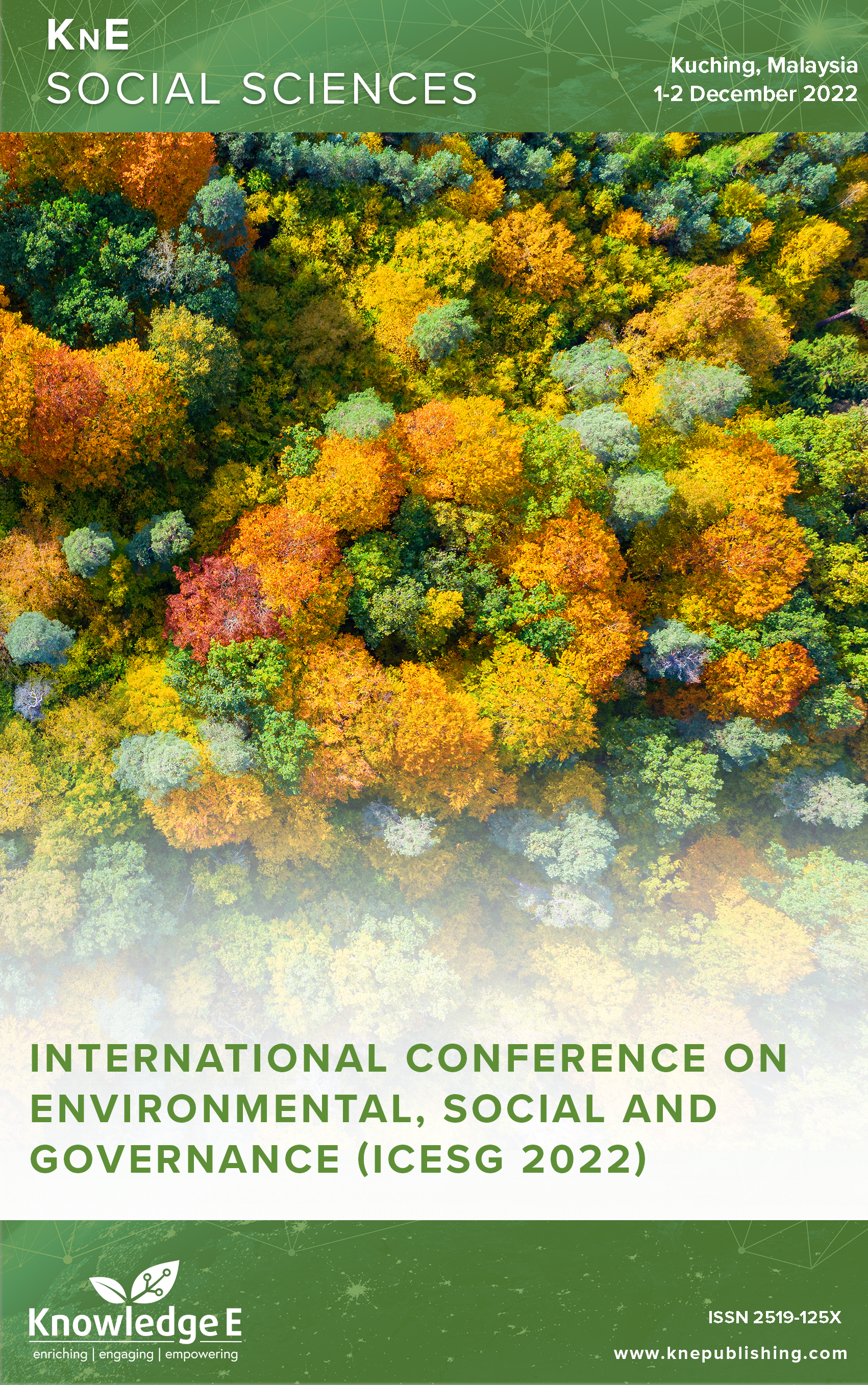Integrating STEM Curriculum Across the Schools' Learning Environment to Reflect & Impact Life Practices
DOI:
https://doi.org/10.18502/kss.v8i20.14608Abstract
John Dewey’s quote, “Education is not a preparation for life; education is life itself,” emphasizes the importance of an education system that goes beyond preparing students for the future but also impacts their present lives. To achieve the United Nations Sustainable Development Goal #4 of Quality Education, educators must adopt an approach that fosters sustainability and critical thinking in students, both inside and outside the classroom. One effective approach is implementing a STEM curriculum (Science, Technology, Engineering, Mathematics) across various subjects and grade levels. STEM education can serve as a catalyst for developing students’ mathematical minds and problem-solving abilities, especially when addressing current environmental challenges. By integrating STEM education throughout the learning environment, students can engage in practical activities and explore meaningful strategies that contribute to sustainability and life preservation. The benefits of incorporating STEM education extend beyond the classroom, as students can transfer their competencies to their home, work, and social environments, promoting sustainable living. The paper will explore how a STEM curriculum can be applied across the wider school community, demonstrating the potential impact on children’s actions beyond the classroom. By equipping students with knowledge, skills, and competencies for sustainability, they can contribute to preserving the environment and improving the quality of life. The paper will also address limitations in current classroom practices that affect the environment and propose practical remedies to improve sustainability. Reflecting on the impact of these basic classroom practices on society and human life, the research will showcase how STEM education can empower students to make a positive difference in the world.
Keywords: STEM curriculum, school environment, technology, sustainable development, environment How
References
[2] Chen HL, Nath TK, Chong S, Foo V, Gibbins C, Lechner AM. The plastic waste problem in Malaysia: management, recycling and disposal of local and global plastic waste. SN Applied Sciences. 2021;3(437):437.
[3] Chung MV, Vecchi G, Sun J. (2021). Climate change is probably increasing the intensity of tropical cyclones. Retrieved from www.climate.gov
[4] Denoble P. (2020). Sargassum Toxicity: Here’s what you need to know, Travel Health Journal. Retrieved from www.danboater.org
[5] Dlouháa J, Pospíšilová M. Education for Sustainable Development Goals in public debate: the importance of participatory research in reflecting and supporting the consultation process in developing a vision for Czech education. Journal of Cleaner Production. 2018;172(20):4314–4327.
[6] Gill C, Lang C. Learn to conserve: The effects of in-school energy education on at-home electricity consumption. Environmental and Natural Resource Economics, 7. At-Home Electricity Consumption Grainger-Brown, J, Malekpour S. Implementing the Sustainable Development Goals: A review of strategic tools and frameworks available to organisations. Sustainability. 2018;11:1381. 2019.
[7] John M, Chen W. Informing the public and educating students on plastic recycling. Recycling. 2021;6(4):69.
[8] Mansour H, Al-yahyai F, Heiba EM. The recycling concept in art education at Sultan Qaboos University. Journal of Education and Social Development. 2018;2(2):82–87.
[9] News18.com. ’Try Harder’: Barbados PM Mia Mottley’s speech on climate change at COP26 goes viral. 2021. Retrieved from www.news18.com
[10] Park J, Savelyeva T. An interpretive analysis of the 2030 Sustainable Development Goals in Hong Kong public universities. Asia Pacific Education Review. 2022;23(4):543–558.
[11] Praveena SM, Themudu S. Exploring water conservation awareness level among primary s chool children from Melaka (Malaysia). Malaysian Journal of Medicine and Health Sciences. 2022;18:75–81.
[12] Sianes A, Vega-Muñoz A, Tirado-Valencia P, Ariza-Montes A. Impact of the sustainable development goals on the academic research agenda. A scientometric analysis. PLoS One. 2022 Mar;17(3):e0265409.
[13] Somwaru L. The Green School: a sustainable approach towards environmental education: Case study. Brazilian Journal of Science and Technology. 2016;3(1):2– 15.
[14] The Climate Reality Project. (2021). Why is 1.5 degrees the danger line for global warming? Retrieved from www.climaterealityproject.org
[15] Timperley J. The broken $100-billion promise of climate finance — and how to fix it. 2021. Retrieved from www.nature.com
[16] Tunc C, Bagceci B. Teachers’ views of the implementation of STEM approach in secondary schools and the effects on students. Pedagogical Research. 2021;6(1):em0085. https://doi.org/10.29333/pr/9295.
[17] Valdivia AE, Solórzano CR, Giammatteo L, Osorio CM. The study of polymers and their impact currently to high school level: recycling and problems with plastics, microplastics and additives. International Journal of Science and Research. 2018;8(12):804–812.
[18] Voegele J, Puliti R. How can we scale up the finance needed for climate action? 2022. Retrieved from www.worldbank.org
[19] World Bank. New report examines risks of 4 degrees hotter world by end of century. 2012. Retrieved from www.worldbank.org
[20] Yuan X, Yu L, Wu H. Awareness of Sustainable Development Goals among students from a Chinese senior high school. Education Sciences (Basel). 2021;2021(11):458.
[21] Zamora-Polo F, Sánchez-Martín J, Corrales-Serrano M, Espejo-Antúnez L. What do university students know about Sustainable Development Goals? A realisticapproach to the reception of this UN program amongst the youth population. Sustainability (Basel). 2019;11(13):3533.

